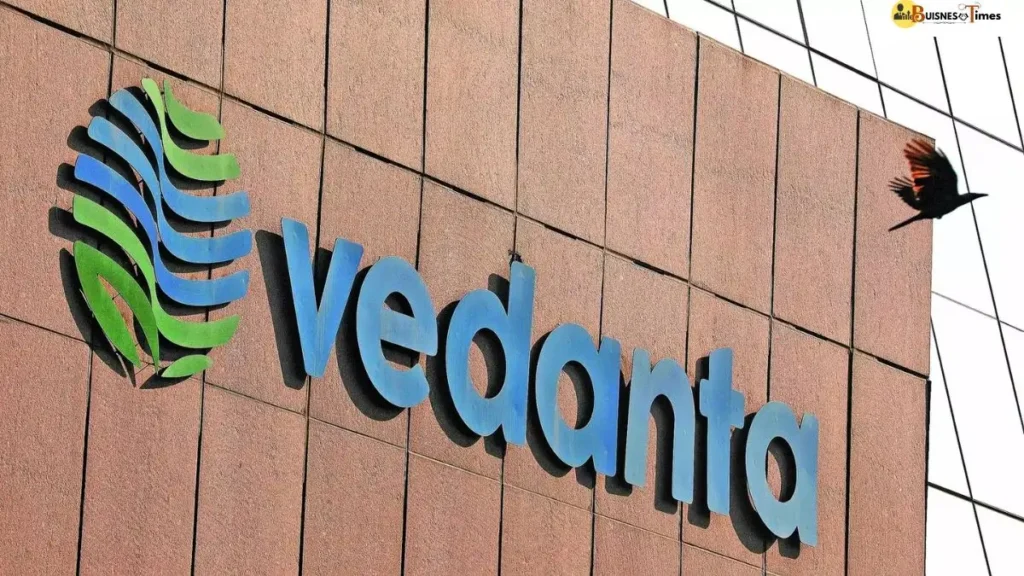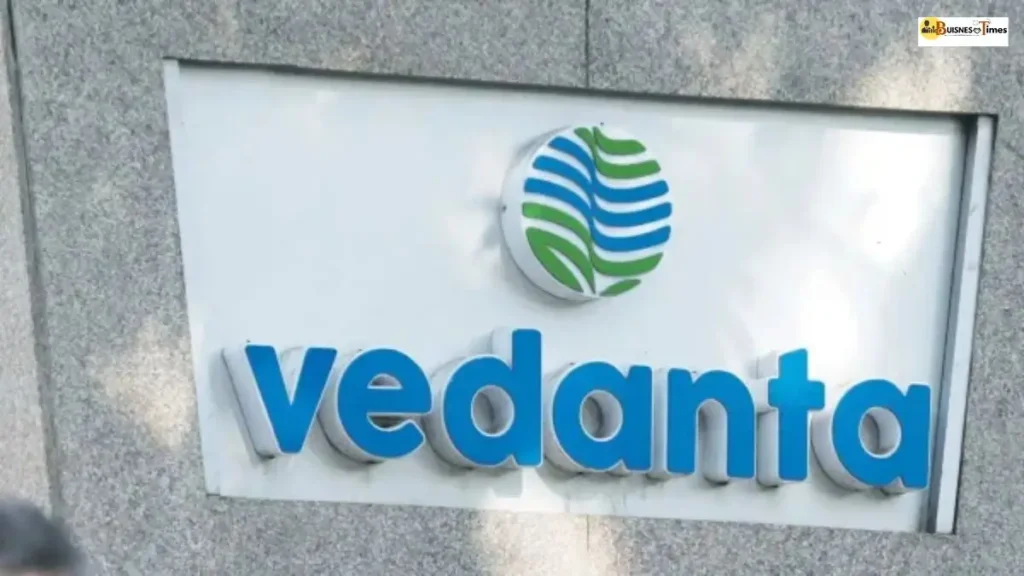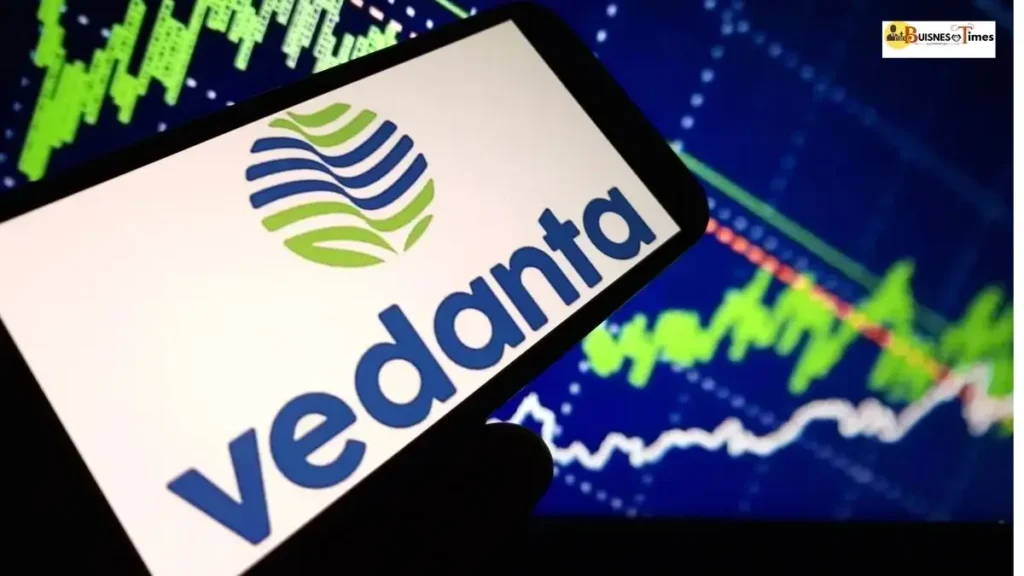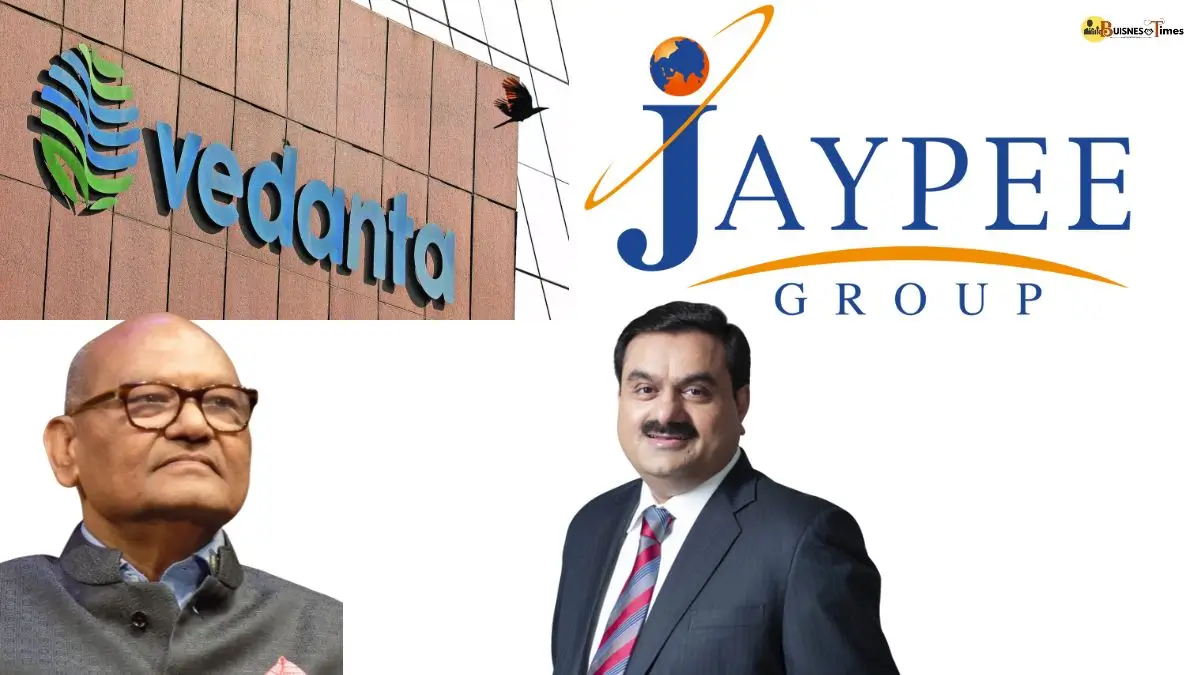Vedanta Likely to Retain Select JAL Businesses, Exit Cement
In a surprising turn, Vedanta Ltd. has reportedly emerged as the highest bidder for Jaiprakash Associates Ltd. (JAL) with an offer of around ₹17,000 crore, to be paid over a staggered five-year period. According to reports, the company will begin with an upfront payment of about ₹3,700–3,800 crore once statutory approvals are cleared, with the remaining amount spread across subsequent years.
The development has sparked debate in financial and corporate circles. Analysts question the rationale behind Vedanta’s move, given that Jaiprakash Associates’ portfolio lies largely outside Vedanta’s core businesses of metals, natural resources, and energy. While the acquisition may offer some long-term opportunities, its timing and alignment with Vedanta’s ongoing restructuring plans make it appear somewhat premature.

The Deal Structure – Payment Terms and Approvals
For the deal to move forward, Vedanta must first obtain approvals from regulatory bodies, including the Competition Commission of India (CCI) and the National Company Law Tribunal (NCLT). This process could take anywhere from three to six months.
If all goes as planned, Vedanta will make the first payment of nearly ₹3,800 crore, followed by annual instalments estimated at ₹2,700–3,300 crore over the next five years. Structuring the payment in this staggered manner may help Vedanta manage its already heavy debt burden while reducing the Net Present Value (NPV) of the acquisition.
On paper, the terms look favorable. However, the real challenge lies in the performance of JAL’s businesses, many of which have been operating at a loss for several years.
Jaiprakash Associates: A Complex Business Web
Founded in 1995 in Noida, Jaiprakash Associates is the flagship company of the Jaypee Group. Its business interests are wide-ranging and often lack synergy, spanning cement, real estate, hospitality, construction, power, and fertilisers.
- Fertiliser: The largest contributor, accounting for nearly 45% of FY24 revenues.
- Construction: The second-largest contributor at 35%, though plagued by execution delays.
- Real Estate: Contributed around 15%, but performance remains marred by project delays and ongoing legal hurdles.
- Power Ventures: JAL also owns a 24% stake in Jaiprakash Power Ventures, which has an installed capacity of 2,200 MW and reported revenues of ₹546 crore with a PAT of ₹81 crore in FY25.
- Cement: The company has access to around 10 million tonnes of cement capacity, though only partially operational.
This fragmented portfolio presents a significant challenge for Vedanta. Unlike its integrated natural resources and energy model, JAL’s mix of assets may require extensive restructuring to align with Vedanta’s operations.
Payment vs. Profitability – The Risk Factor
While Vedanta may benefit from staggered payment terms, the profitability of JAL’s assets remains uncertain. Several businesses are struggling with debt, operational inefficiencies, and ongoing litigation.
This makes the acquisition a high-risk play. Even if Vedanta selectively retains certain businesses, such as power or fertilisers, the turnaround of these units will require substantial investment, management bandwidth, and long-term commitment.
Strategic Misalignment with Vedanta’s Core
One of the biggest concerns is the lack of strategic alignment between JAL’s portfolio and Vedanta’s existing focus areas.
Vedanta has been working on a major demerger to give investors clearer options across verticals like zinc, oil & gas, power, and aluminium. The acquisition of JAL, therefore, appears contradictory to this focus, as it adds new businesses rather than sharpening the company’s core.

Industry experts suggest Vedanta might ultimately:
- Retain: Power, fertiliser, real estate, and construction businesses.
- Exit: Cement, given its poor synergies with Vedanta’s operations.
For instance, JAL’s cement plant is located far from Vedanta’s steel and power facilities, making the use of by-products like slag and fly ash practically unfeasible.
The Bigger Picture – Why Vedanta May Still Be Interested
Despite the concerns, there are reasons Vedanta may be exploring this acquisition:
- Diversification Strategy: Acquiring businesses outside its traditional domain could be part of Vedanta’s long-term plan to diversify revenue streams.
- Asset Restructuring Opportunity: By cherry-picking profitable segments of JAL, Vedanta may create new growth avenues.
- Potential Value Unlocking: If Vedanta manages to turn around select businesses, it could unlock value at relatively low acquisition costs compared to greenfield projects.
However, these possibilities remain speculative until Vedanta discloses a clear roadmap.
Risks Ahead
The Vedanta–JAL deal carries several risks that investors should monitor closely:
- Commodity Price Volatility: A decline in global commodity prices could impact Vedanta’s cash flows, making it harder to service the acquisition payments.
- Legal Challenges: Several of JAL’s businesses are entangled in lawsuits and regulatory disputes.
- Integration Challenges: Managing such a diverse portfolio could strain Vedanta’s management bandwidth.
- Delayed Synergies: Without immediate operational benefits, the deal may take years to deliver measurable returns.
Analyst View – Too Early to Call
At present, many analysts believe the deal is premature and somewhat misaligned with Vedanta’s current strategy. The acquisition may pay off if Vedanta successfully restructures JAL’s assets, but the short-term risks seem far greater than the potential upside.

For now, most brokerages remain cautious but maintain a BUY rating on Vedanta, with a SoTP-based target price of ₹530, factoring in only Vedanta’s existing businesses and not the JAL acquisition.
The Vedanta–JAL deal is one of the most closely watched corporate developments in India’s M&A space. While the acquisition signals Vedanta’s ambition to expand beyond its core sectors, the risks are substantial. Until regulatory approvals are secured and a clearer integration strategy is outlined, it remains a premature gamble.
For investors, the coming months will be crucial to see whether this acquisition turns into a growth driver or a costly misstep.
Disclaimer: This article is intended for informational purposes only. It should not be considered financial advice. Readers are encouraged to conduct their own research or consult a qualified financial advisor before making investment decisions.

